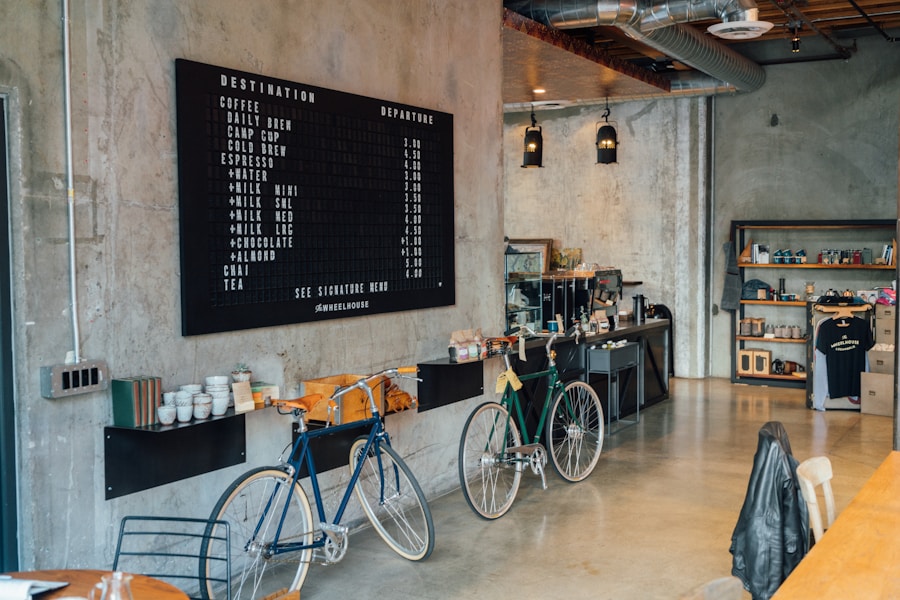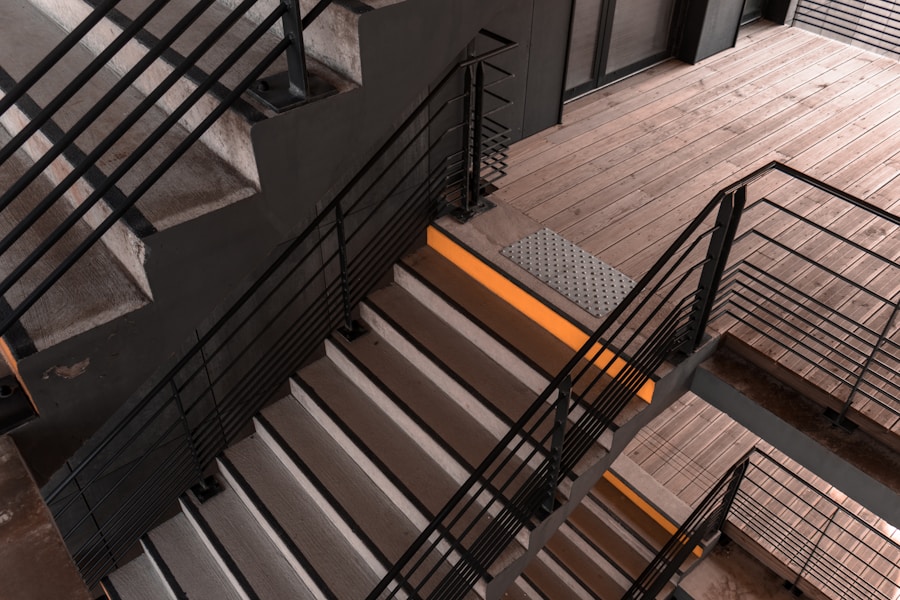When it comes to choosing between artificial and real plants for your space, there are several factors to consider. Both options have their own set of advantages and disadvantages, and it ultimately comes down to your personal preferences and the specific needs of your space. In this article, we will explore the various aspects of artificial and real plants, including maintenance and care, aesthetics and appearance, environmental impact, cost comparison, health and allergies, longevity and durability, and suitability for different spaces.
Key Takeaways
- Artificial plants require less maintenance and care compared to real plants, making them a convenient option for busy individuals.
- Real plants provide a more natural and authentic aesthetic and appearance compared to artificial plants.
- Artificial plants have a lower environmental impact as they do not require water, sunlight, or soil to thrive.
- While artificial plants may have a higher upfront cost, they can be more cost-effective in the long run due to their longevity and durability.
- Real plants can improve air quality and reduce allergies, while artificial plants do not offer the same health benefits.
One of the biggest differences between artificial and real plants is the level of maintenance and care required. Real plants need regular watering, sunlight, and pruning to thrive, while artificial plants require minimal maintenance. Real plants also need to be monitored for pests and diseases, which can be time-consuming and challenging for some individuals.
On the other hand, artificial plants only need occasional dusting or cleaning to maintain their appearance. For those with busy schedules or limited gardening experience, artificial plants may be the more practical choice. However, some people enjoy the process of caring for real plants and find it therapeutic.
In this case, real plants may be the better option.
Aesthetics and Appearance
When it comes to aesthetics and appearance, real plants are often preferred for their natural beauty and ability to improve air quality. Real plants come in a wide variety of shapes, sizes, and colors, and they can add a touch of freshness and vitality to any space. Artificial plants, on the other hand, may not look as realistic as real plants, but they are available in a wide range of styles and designs to suit different preferences.
Some artificial plants are so well-made that they can be mistaken for real plants from a distance. Additionally, artificial plants are not affected by seasonal changes or environmental conditions, so they can maintain their appearance year-round. Ultimately, the choice between artificial and real plants comes down to personal taste and the specific aesthetic goals for your space.
Environmental Impact
Another important factor to consider when choosing between artificial and real plants is their environmental impact. Real plants have a positive impact on the environment by producing oxygen, reducing carbon dioxide levels, and improving air quality. They also provide habitats for wildlife and contribute to biodiversity.
On the other hand, artificial plants are typically made from non-biodegradable materials such as plastic, which can have a negative impact on the environment. Additionally, the production and disposal of artificial plants can contribute to pollution and waste. For those who are environmentally conscious, real plants may be the more sustainable choice.
Cost Comparison
| Factors | Artificial Plants | Real Plants |
|---|---|---|
| Maintenance | Low | High |
| Cost | Initial cost is higher | Lower initial cost |
| Appearance | Consistent | Natural |
| Environmental Impact | Not eco-friendly | Eco-friendly |
| Longevity | Durable | Depends on care |
Cost is another significant consideration when deciding between artificial and real plants. Real plants require ongoing expenses such as soil, fertilizer, and pest control products, as well as potential costs for replacement if they die. Artificial plants, on the other hand, have a higher upfront cost but require minimal ongoing expenses.
While real plants may seem like the more affordable option initially, the long-term costs can add up over time. However, some individuals may prefer to invest in real plants for their numerous benefits despite the higher long-term costs.
Health and Allergies
For individuals with allergies or respiratory issues, the choice between artificial and real plants can have a significant impact on their health. Real plants can release pollen and spores that may trigger allergies or asthma symptoms in some people. Additionally, some individuals may be allergic to certain types of real plants or their sap.
Artificial plants do not produce pollen or spores, so they are a safer option for those with allergies or sensitivities. However, some artificial plants may be made from materials that emit volatile organic compounds (VOCs), which can negatively affect indoor air quality. It is important to consider these factors when choosing between artificial and real plants for your space.
Longevity and Durability
When it comes to longevity and durability, artificial plants have a clear advantage over real plants. Real plants require specific growing conditions and care to thrive, and they can be susceptible to pests, diseases, and environmental stressors. As a result, real plants may have a limited lifespan and require regular replacement.
Artificial plants, on the other hand, are not affected by these factors and can maintain their appearance for many years with minimal maintenance. This makes them a more durable option for spaces that may not have ideal growing conditions or where regular maintenance is not feasible.
Suitability for Different Spaces
The suitability of artificial and real plants for different spaces is another important consideration. Real plants are ideal for outdoor spaces such as gardens, patios, and balconies where they can benefit from natural sunlight and air circulation. They can also thrive in indoor spaces with adequate light and humidity levels.
Artificial plants are suitable for both indoor and outdoor spaces, including areas with low light or high humidity where real plants may struggle to survive. Additionally, artificial plants are a popular choice for commercial spaces such as offices, hotels, and restaurants where low maintenance and consistent appearance are important. In conclusion, the choice between artificial and real plants ultimately depends on your personal preferences, the specific needs of your space, and your environmental values.
Both options have their own set of advantages and disadvantages, so it is important to carefully consider each factor before making a decision. Whether you choose artificial or real plants, incorporating greenery into your space can have numerous benefits for your well-being and the environment.





